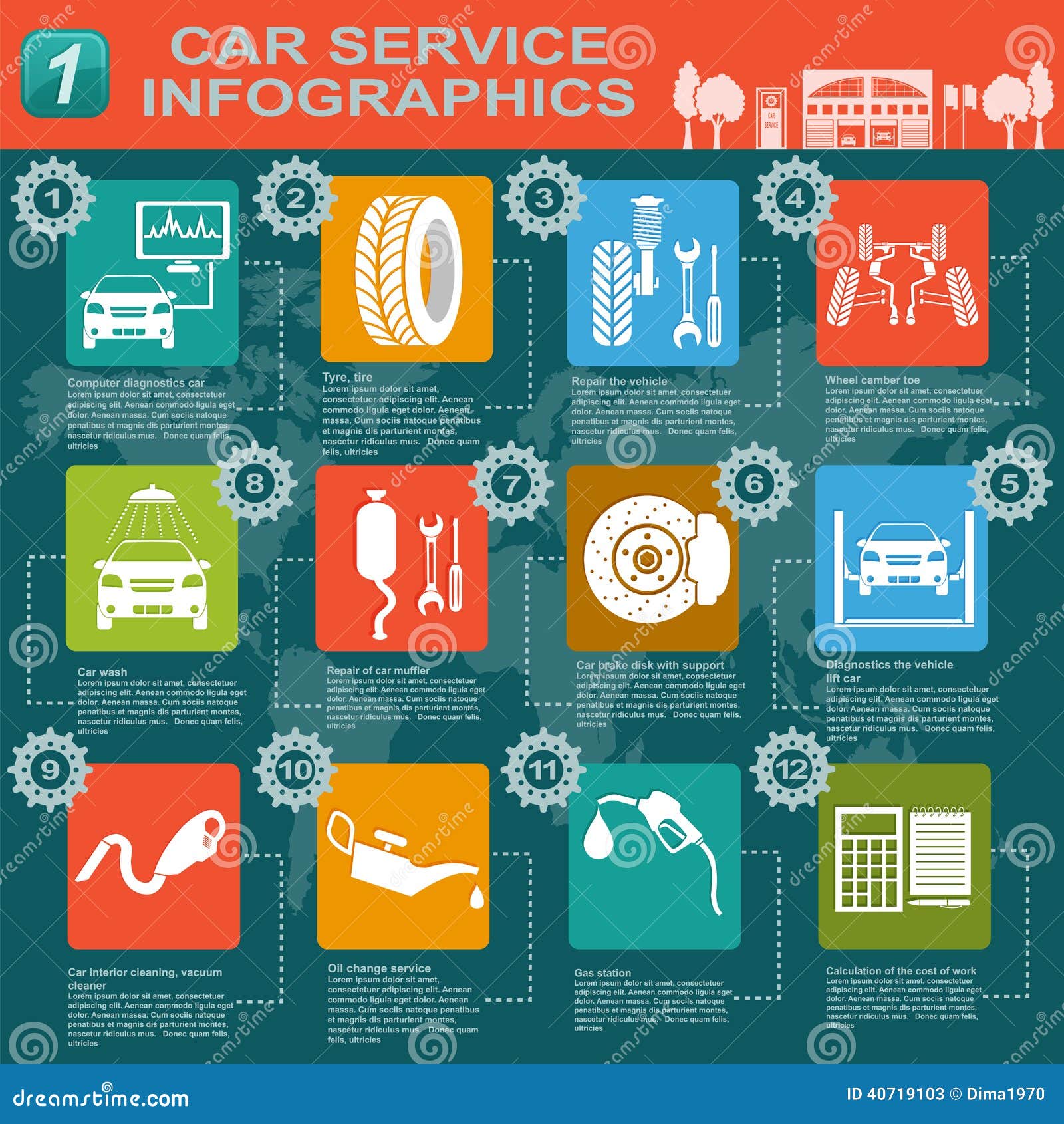Understanding Your Automobile'S Caution Lights: What Do They Actually Mean?
Understanding Your Automobile'S Caution Lights: What Do They Actually Mean?
Blog Article
Material Writer-Termansen Torres
When you lag the wheel, those radiant warning lights on your dashboard can be a little bit difficult. Do you understand what they're attempting to inform you regarding your cars and truck's health? Comprehending the value of these lights is vital for your security and the long life of your automobile. So, the next time one of those lights appears, would not you intend to decode its message properly and take the essential actions to address it?
Common Caution Lights and Interpretations
Identify usual warning lights in your automobile and understand their meanings to make certain secure driving.
One of the most regular warning lights include the check engine light, which signals problems with the engine or discharges system. If https://devinmevnd.blogofchange.com/30808806/frequently-held-misunderstandings-concerning-auto-repair-service-explained comes on, it's crucial to have your automobile checked quickly.
The oil stress advising light indicates low oil stress, needing prompt attention to avoid engine damages.
A blinking battery light may suggest a damaged charging system, possibly leaving you stranded if not dealt with.
The tire pressure surveillance system (TPMS) light notifies you to low tire pressure, influencing vehicle security and gas performance. Neglecting this might cause harmful driving conditions.
The ABS light shows a trouble with the anti-lock braking system, jeopardizing your ability to stop swiftly in emergencies.
Finally, the coolant temperature level alerting light warns of engine getting too hot, which can cause severe damages if not dealt with quickly.
Recognizing these typical warning lights will certainly assist you resolve concerns promptly and maintain secure driving conditions.
Value of Prompt Interest
Recognizing the common caution lights in your cars and truck is only the very first step; the significance of without delay addressing these warnings can't be highlighted sufficient to guarantee your safety and security when driving.
When a and m detailing brightens on your control panel, it's your car's means of communicating a potential problem that requires attention. Neglecting these cautions can bring about a lot more severe problems in the future, endangering your safety and potentially costing you more in repairs.
Trigger attention to cautioning lights can stop breakdowns and accidents. For example, a flashing check engine light could indicate a misfire that, if left neglected, could trigger damage to the catalytic converter. Addressing this without delay can save you from a costly repair.
Likewise, visit the following internet site warning light might signify low brake liquid or used brake pads, important parts for your safety when driving.
Do It Yourself Troubleshooting Tips
If you notice a warning light on your control panel, there are a couple of do it yourself fixing tips you can try before looking for expert assistance.
The very first step is to consult your vehicle's guidebook to recognize what the specific warning light suggests. In some cases the issue can be as straightforward as a loose gas cap setting off the check engine light. Tightening up go to this site may solve the trouble.
One more typical problem is a low battery, which can cause different warning lights. Examining the battery connections for corrosion and guaranteeing they're safe might deal with the trouble.
If a warning light lingers, you can try resetting it by detaching the cars and truck's battery for a couple of minutes and after that reconnecting it. Furthermore, checking your lorry's liquid levels, such as oil, coolant, and brake fluid, can assist troubleshoot cautioning lights connected to these systems.
Verdict
Finally, understanding your vehicle's warning lights is essential for maintaining your lorry running efficiently and securely. By quickly resolving these signals and recognizing what they mean, you can prevent costly repairs and prospective failures.
Keep in mind to consult your car's handbook for specific information on each alerting light and do something about it as necessary to make certain a hassle-free driving experience.
Remain informed, remain secure when driving!
